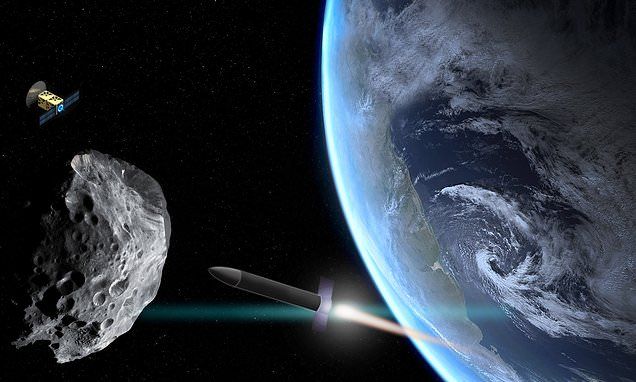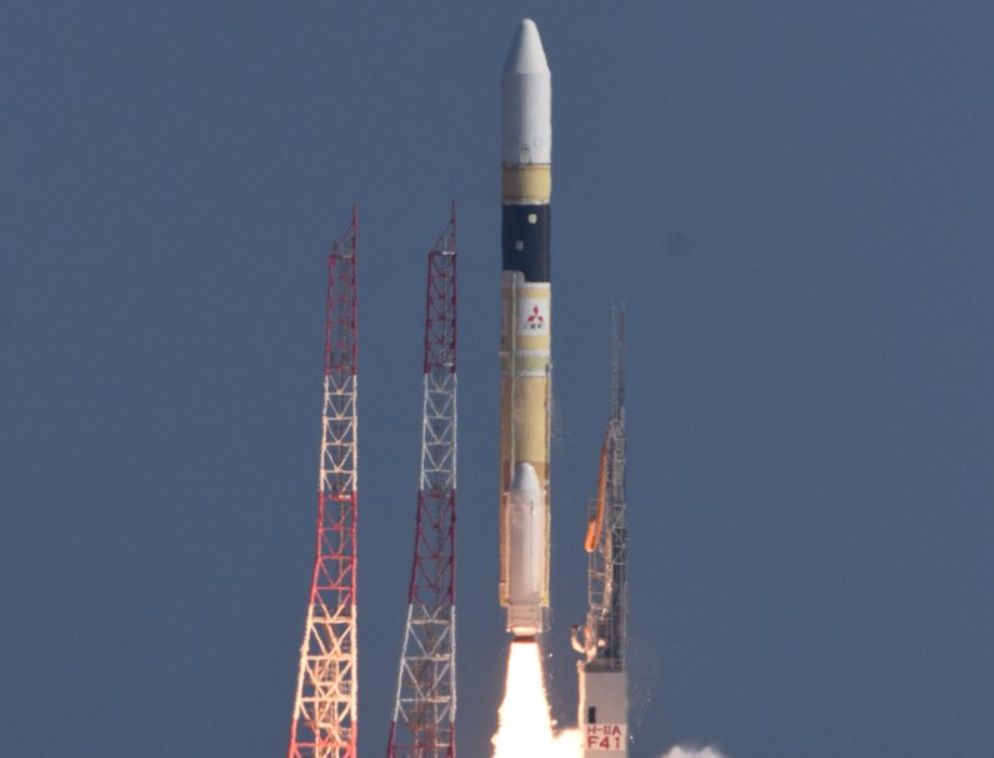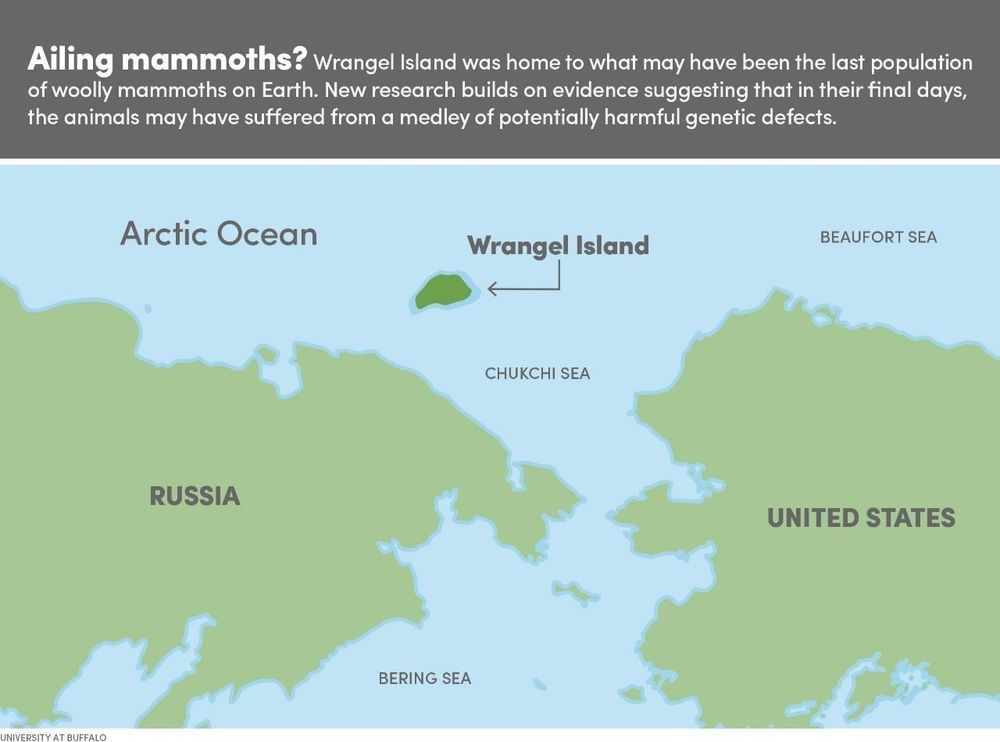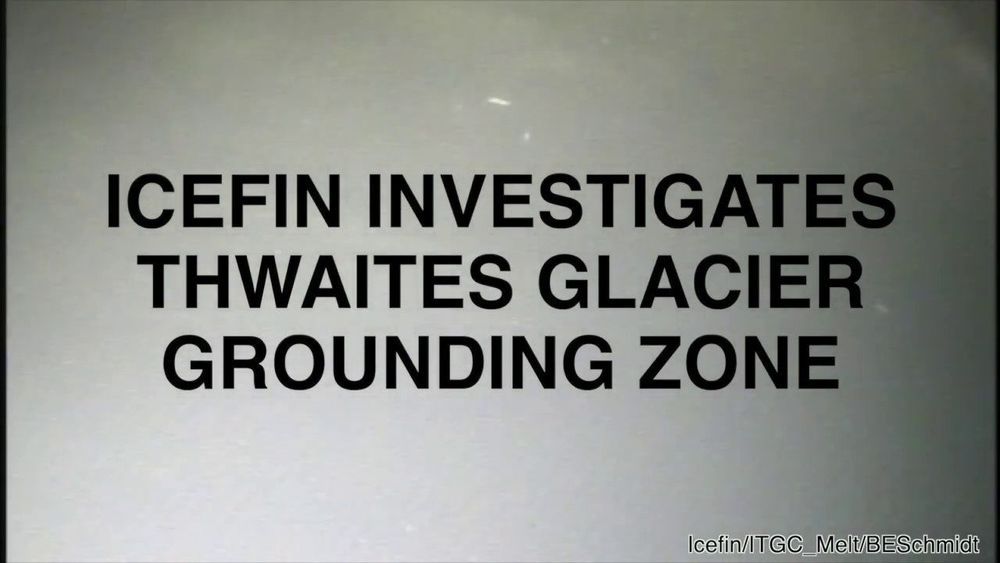Feb 24, 2020
This man’s potentially huge medical breakthrough can’t get funding, so he’s trying something desperate
Posted by Paul Battista in categories: bioengineering, biotech/medical, business, existential risks
https://youtube.com/watch?v=oJcX8ch_mLg
Four years ago, Todd Rider was on top of the world. The MIT-trained bioengineer had developed a radical idea for killing viruses. Initial test results showed that his therapy, called DRACO, could kill every virus he threw it at: 15 viruses were killed in human cells, and two in mice.
It seemed like there was a chance it could be the biggest discovery in medicine since the invention of antibiotics. Enthusiastic headlines praised the potentially world-changing panacea. “Todd Rider Has a Kill Switch for Viruses,” wrote Bloomberg Businessweek. The Verge: “Killing sickness: is DRACO a doomsday device for viruses?” Time magazine declared it one of the top 50 inventions of the year.


















